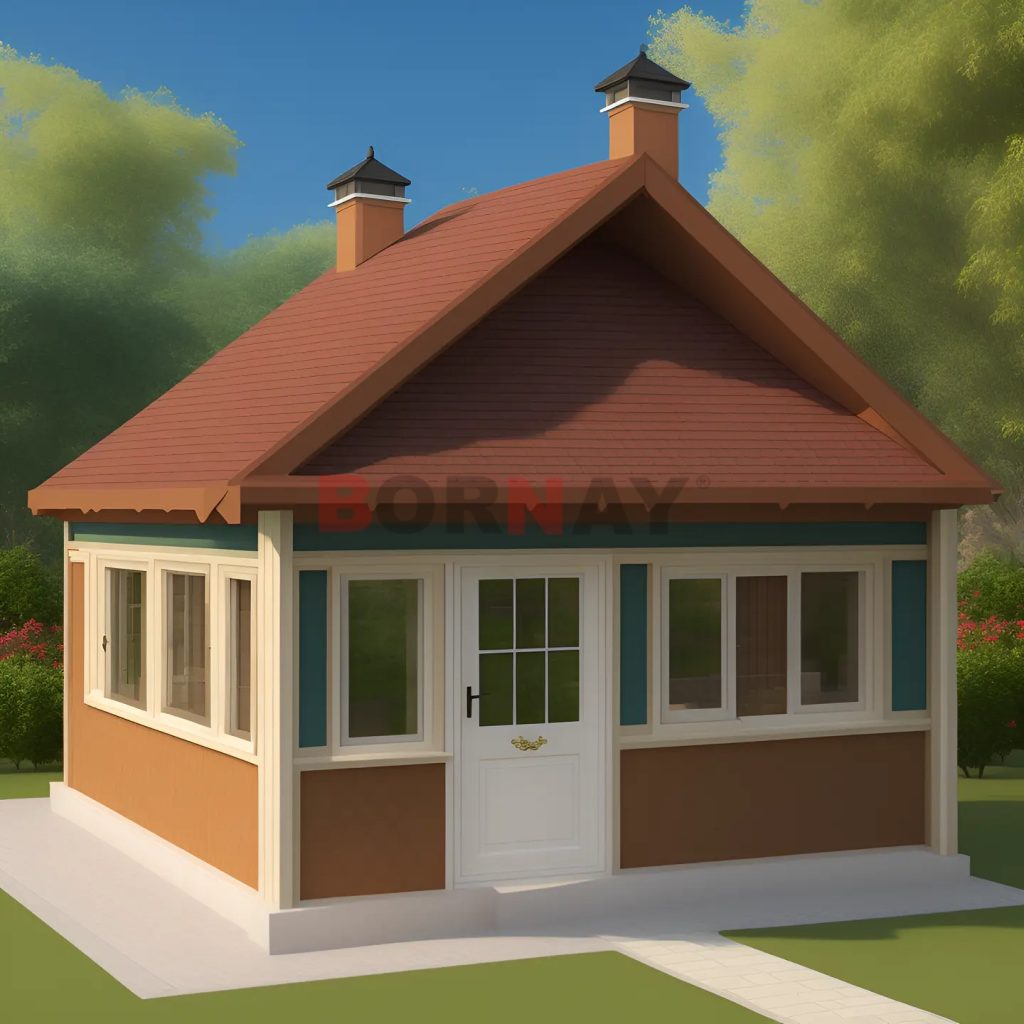bonai@tilefrp.com
FRP Roof Panels: Wide Applications in Modern Architecture buildings

FRP (Fiber-Reinforced Polymer) roof panels have gained significant popularity in modern architecture due to their wide range of applications and benefits. Here is an overview of how FRP roof panels are used in various architectural projects:

Commercial Buildings:FRP roof panels are commonly used in commercial buildings such as offices, retail spaces, and warehouses. Their lightweight nature makes them easy to install and reduces the load on the building structure. Additionally, FRP panels can be customized to fit different roof profiles, allowing for versatile design options.Industrial Facilities:Industrial facilities, including factories and manufacturing plants, often require durable and weather-resistant roofing solutions. FRP roof panels are an excellent choice due to their high strength and resistance to corrosion, chemicals, and UV radiation. They provide reliable protection against harsh industrial environments.Agricultural Structures: FRP roof panels find extensive use in agricultural structures like barns, greenhouses, and storage facilities. These panels offer excellent resistance to moisture, which is crucial in maintaining a suitable environment for crops or livestock. They also provide natural light transmission, promoting plant growth and reducing the need for artificial lighting.Sports Facilities:Stadiums, sports arenas, and recreational centers benefit from the versatility and durability of FRP roof panels. These panels can be designed to span large areas, providing ample coverage and protection for spectators and players. The high impact resistance of FRP panels ensures safety during intense sporting activities.Residential Construction: FRP roof panels are increasingly being used in residential construction projects. Their lightweight nature and ease of installation make them a practical choice for residential roofs. FRP panels offer excellent insulation properties, helping to regulate indoor temperatures and improve energy efficiency. They also come in various colors and profiles, allowing for aesthetic customization.Sustainable Architecture: FRP roof panels align with the principles of sustainable architecture. Their production process consumes less energy compared to traditional roofing materials, contributing to a reduced carbon footprint. Additionally, FRP panels are recyclable at the end of their lifespan, promoting waste reduction and resource conservation.Retrofitting and Renovation: FRP roof panels are suitable for retrofitting existing structures or renovating outdated roofs. They can be installed over the existing roof, providing a cost-effective solution without the need for extensive roof replacement. The lightweight nature of FRP panels minimizes additional load on the building, making them suitable for retrofit applications.

In summary, FRP roof panels have found wide application in modern architecture across various building types. Their durability, lightweight nature, resistance to environmental factors, and aesthetic versatility make them a preferred choice for architects, builders, and property owners. Whether for commercial, industrial, agricultural, or residential projects, FRP roof panels offer a sustainable and practical roofing solution.



